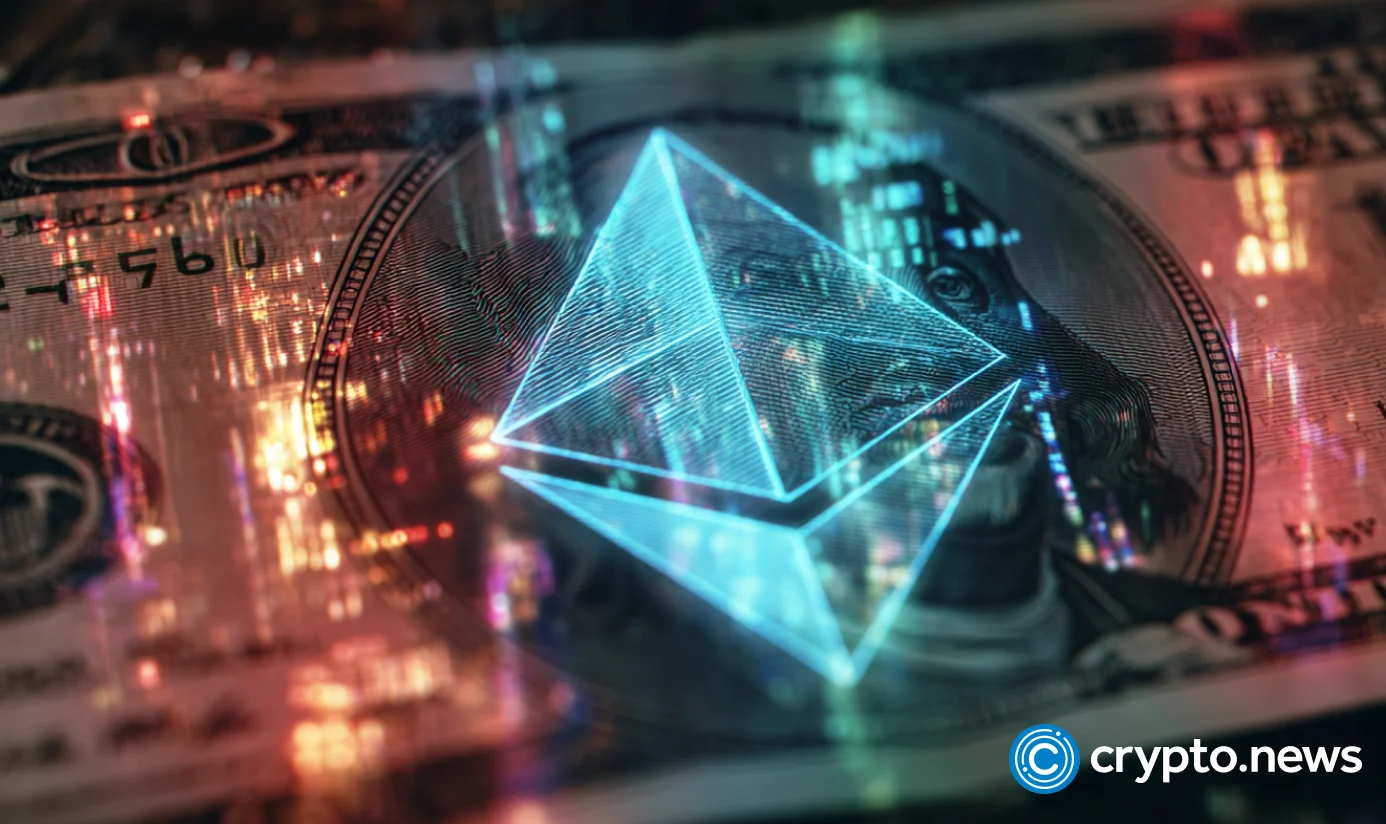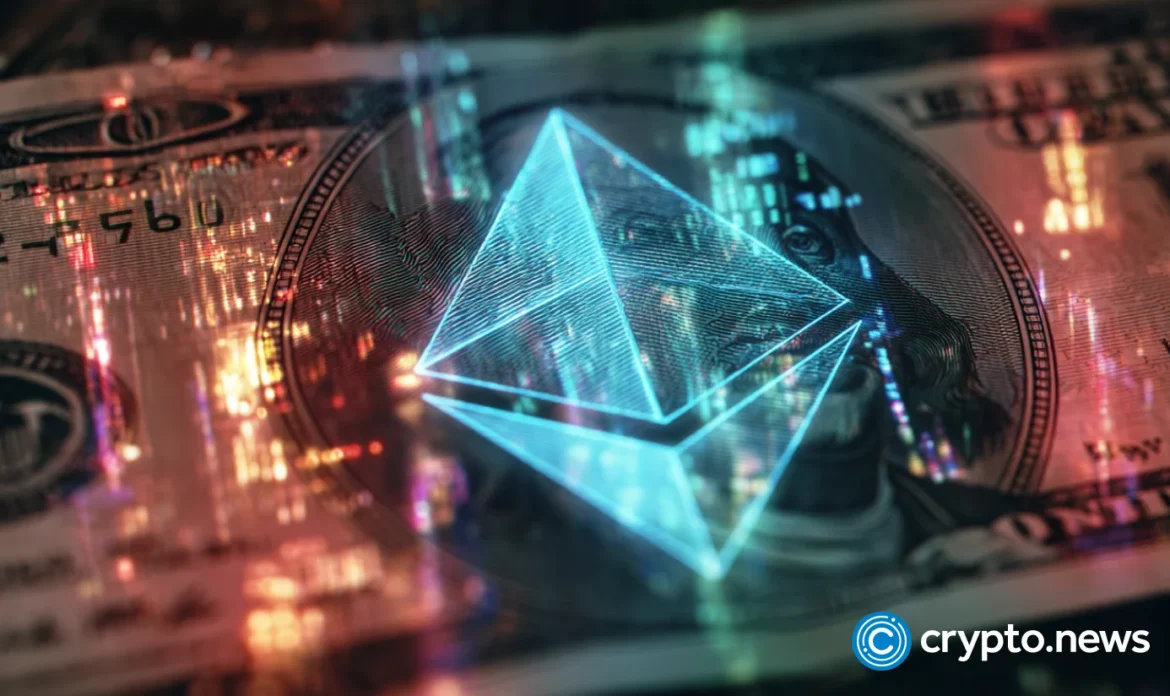
Ethereum’s mainnet has elevated its block gas limit to 60 million, the highest level the network has reached in four years, according to network data.
Summary
- The Ethereum mainnet has raised its block gas limit to 60 million.
- Over 513,000 validators signaled support for the increase, triggering an automatic adjustment without requiring a hard fork.
- The increase in gas limit precedes the Fusaka upgrade, which is scheduled for December 3.
The adjustment, driven by consensus among network validators, is designed to improve transaction throughput and reduce congestion during periods of high demand, according to industry observers.
Data from tracker Gas Limit Pics confirmed that over 513,000 validators collectively signaled support for the 60 million gas limit in November. The widespread signaling pushed the network past the necessary threshold, initiating the automatic increase in the protocol’s block gas limit.
In the Ethereum network, “gas” represents the computational effort required to execute operations. Every transaction, from token transfers to smart contract interactions, consumes a specified amount of gas. The “block gas limit” dictates the maximum amount of gas that can be included in a single block, setting a ceiling on the total number of transactions or complexity of operations a block can process.
The increase from the previous ceiling of 45 million to 60 million allows Ethereum to accommodate more operations within each block. The expanded capacity enables the network to handle greater volumes of token swaps, non-fungible token transfers, and smart contract calls.
A higher gas limit is expected to ease network congestion during peak usage times and potentially reduce average transaction fees, as more transactions can compete for inclusion in blocks, according to network analysts.
The capacity increase originated in March 2024, when Ethereum developers Eric Connor and Mariano Conti launched an initiative called “Pump The Gas.” The developers advocated for an increase in the Ethereum gas limit to enhance network scalability and reduce transaction fees on the layer-1 blockchain. Connor and Conti called upon solo stakers, client teams, staking pools, and community members to support the initiative.
The movement gained momentum throughout 2024, culminating in December as validators began actively signaling support for a higher gas limit.
The implementation of the 60 million gas limit demonstrated the functionality of Ethereum’s decentralized validator network. With over half a million validators transitioning their configuration from the 45 million ceiling to 60 million, the network completed a community-led governance action that automatically triggered an increase in Ethereum’s effective block size without requiring a hard fork or centralized decision.
‘It’s only the beginning.’
The gas limit increase precedes a major network upgrade known as Fusaka, designed to improve Ethereum’s scalability and efficiency. The upgrade was successfully deployed to the Hoodi testnet on Oct. 29, marking the final testing phase before its anticipated mainnet debut on Dec. 3, according to network documentation.
Toni Wahrstätter, a researcher at the Ethereum Foundation, commented on the development. “Just a year after the community started pushing for higher gas limits, Ethereum is now running with a 60M block gas limit. That’s a 2x increase in a single year — and it’s only the beginning,” Wahrstätter stated.
Ethereum co-founder Vitalik Buterin indicated that the network can anticipate continued growth over the next year. Buterin suggested that future expansion might be more targeted than previous increases, with the network strategically increasing overall capacity while making certain inefficient operations more expensive. The approach would pair larger blocks with refined pricing mechanisms, according to Buterin’s comments.
The strategy aims to ensure the network can expand without introducing problems related to resource allocation or network stability, allowing Ethereum to optimize capacity while discouraging wasteful computational practices, according to network developers.

